Prost Your Way Around Germany With This Essential Beer Guide

Unsplash: Max Kratzer
It’s almost the middle of September and you know what that means… it’s Oktoberfest season, my dudes! A time for entertainment, eating, and, above all, sipping a cold glass of beer. A good ol’ bratwurst + a pint of beer? Count me in. Prost!
Oktoberfest is a yearly festival that lasts 17 to 18 days and is typically held from the middle or end of September to the first Sunday in October. The fact that this celebration has been observed since 1810 makes this folk festival a significant component of Bavarian culture. (Sidenote: Bavaria is the largest southeastern German state by land area and Munich is its capital city.) However, Oktoberfest isn’t only celebrated in Munich because many cities from around the world also take part in this thirst-quenching event. Interestingly, Kitchener, Ontario hosts the largest Oktoberfest outside of Germany.
Before I ramble endlessly about the history of Oktoberfest and other stuff, let me introduce you to a list of essential German beer styles. Breathe in. Breathe out. Brace yourself and hang on tight. Remember it’s 5 o’clock somewhere, so prepare to pour yourself something strong and tall. But, please DRINK RESPONSIBLY.
Pils or Pilsner or Pilsener

A very popular German beer style that is extremely light and refreshing. Pils is known for having a clean and flowery aroma which makes it the ideal summertime brew. A fresh brew of Pils only takes about 7 minutes to pour into a proper long-neck pilsner glass and its color ranges from pale to golden yellow. This refreshing summer beverage pairs well with a variety of cheeses, including Havarti and Muenster, as well as salads and seafood
Around the 1840s in Pinsel, Bohemia, the Bavarian-born brewmaster Josef Groll developed the well-known Pilsner. But German breweries only started making Pilsner thirty years after it was first made.
Alcohol by volume: 4.4% to 5.2%
Maibock
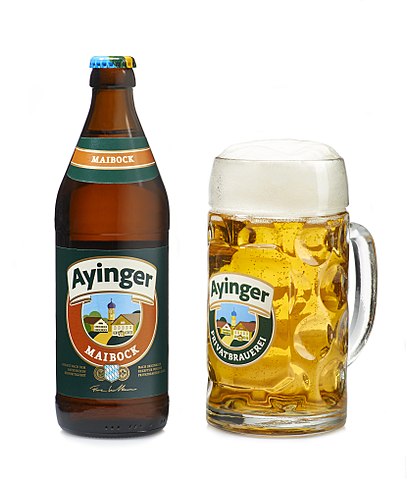
Maibock, which translates to May bock, is the perfect springtime brew that has a malty finish and a strong hoppy taste. This category of warm beer ranges in color from amber to brown and deserves to be enjoyed slowly. Additionally, any item that includes bread and meat, a burger, or a hotdog goes best with this mildly sweet beverage.
German legend claims that a brewery by the name of Hofbräu created a special beer after being influenced by a German brewer named Einbeck. And from that beer came the famous Maibock, which was then produced at the end of April to be ready for May. In addition to being widely consumed in Germany, this beer has also gained popularity overseas.
Alcohol by volume: 5% to 8%
Altbier

This specific kind of beer is produced in Düsseldorf, Germany. Altbier is dark and copper in color with a fruity flavor and a slightly dry finish. It is fermented in a cooler temperature like a lager, using a top-fermented yeast. This ale-lager hybrid beer goes best with apple pie, grilled salmon, even Emmental cheese.
The Schumacher brewery in Düsseldorf was the first to make Altbier. It's interesting to note that some Altbier breweries have a history of creating a stronger and darker version known as sticke alt, which translates to "secret."
Alcohol by volume: 4% to 7%
Doppelbock
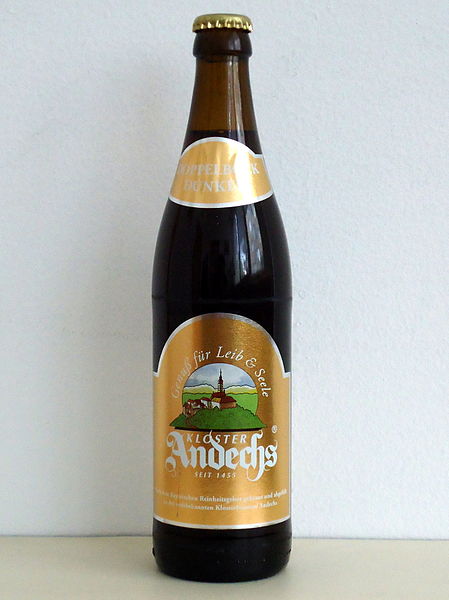
Doppelbock, often known as Double Bock, is a rich and highly-caramelized sugar flavor version of Bock that is stronger and boozier. Its color ranges from dark gold to dark brown. Its aroma can be distinctly malty; however, its darker types can taste fruity or chocolatey. This beer goes nicely with dishes like steaks, meat pies, and other grilled meats.
In Munich around the 17th century, the Bavarian monks of St. Francis of Paula created the Doppelbock. It is said that the Franciscan monks created this strong beer, also known as liquid bread, to help them get through their extended fasts during the Lenten season.
Alcohol by volume: 7% to 12%
Eisbock

Flickr: USOX
A surprisingly rich and malty beer, Eisbock has notes of toast, chocolate, and caramel. Due to its full body and low carbonation, this beer has a silky smooth taste. It has no hop aroma and its color ranges from reddish copper to dark brown. This drink is ideal to have as an aperitif or as a digestif. Eisbock goes well with hearty meat meals like smoked duck or venison, robust cheeses like Camembert or Gouda, and sweets like German Chocolate Cake or candied fruit.
Eisbock's origins can be traced back to the 1890s at the Reichelbrau Brewery in Kulmbach, Bavaria, where a young and exhausted brewery worker accidentally left a barrel of bock outside in the winter while finishing up for the day. The head brewer then found the barrel the following morning with ice inside and the alcohol still preserved, creating a heavily concentrated batch of beer.
Eisbock undergoes a special freezing process called “freeze distilling” that separates the water from the alcohol and sugars.
Alcohol by volume: 9% to 15%
Hefeweizen

Hefeweizen is the German term for "yeast white.” Classic Hefeweizens are noted for being sweet and fruity, with overtones of banana and clove or even vanilla and bubblegum. It is a heavy beer with a full body and high carbonation. Its colors vary from light yellow to honey, featuring a fizzy head. This type of wheat beer works nicely with any fish or poultry dish.
This style of popular German wheat beer originated around the 1520s in the state of Bavaria. However, Hefeweizen was unable to prosper due to the Reinheitsgebot or Purity Law, which restricted the ingredients that could be used to make beer to only barley, hops, and water. Due to the low quality and poor flavor of the beer produced as a result of this rule, several brewers decided to rebel and began making beers with different tastes to enhance the flavor.
Alcohol by volume: 4% to 7%
Dunkelweizen

Dunkelweizen or Dunkels is a traditional southern German beer that is dark and wheaty. It has a strong malt texture and it tastes chocolatey with hints of banana and clove. This beer is creamy and full-bodied with a dark gold to dark brown color. Dunkels is a fantastic pairing for salty pork dishes, roasted chicken, banana cream pie, banana pudding, or any kind of fruit pie desserts.
Like Hefeweizen, Dunkels is another beer from the renowned German state of Bavaria. The darker color of this sweet and malty beer is attributed to the use of darker malts, like Munich or Vienna Malt.
Alcohol by volume: 4.3% to 5.6%
Weizenbock

Weizenbock, a rich and bready malt, is sort of like the lovechild of Doppelbock and Hefeweizen. If served with yeast, this winter wheat beer can look very cloudy. Weizenbock has a low hop bitterness and no noticeable hop smell. Its color spans from pale gold to darkish reddish-brown, and its head is so long that it almost looks moussey. Weizenbock, which is darker in color, pairs well with hearty, gamey meats like venison and lamb, along with sometimes roasted vegetables. Weizenbock, which is paler in color, works well with lighter meats like chicken and roasted duck as well as seafood.
King Ludwig II discontinued all wheat beer at some point in the late 1800s in Munich as a result of falling sales. However, Georg Schneider assumed responsibility for the contract of the Royal Bavarian Weisses Hofbrauhaus and eventually negotiated with King Ludwig II to secure the right to continue brewing the beer. King Ludwig II consented to sell him the rights, and the law granting commoners the ability to produce wheat beer followed.
Alcohol by volume: 6.5% to 9%
Schwarzbier
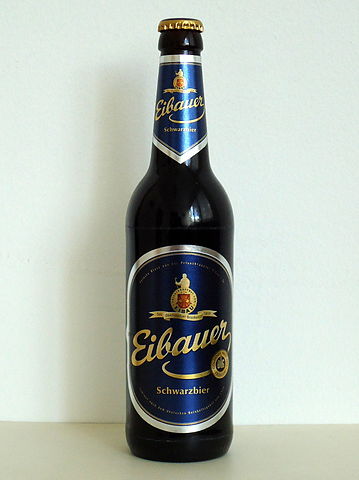
Schwarzbier simply translates to black lager. This beer is darker, drier, and roastier. This beer is neither too sweet nor overly bitter, and it contains traces of chocolate, coffee, or licorice flavors. It has a very pale frothy head and a very dark brown to practically black body color. Any form of fruit tart or Muenster-style cheese pairs well with a Schwarzbier.
Black beer comes from the German states of Saxony and Thuringia. Braunschweiger Mumme (Brunswick Mum) is the oldest black beer that has been produced since the Middle Ages in Braunschweig around the 1930s. The Köstritzer brewery in Thuringia began manufacturing black beer in 1543, and it still does so today.
Alcohol by volume: 4.4% to 5.4%
Rauchbier
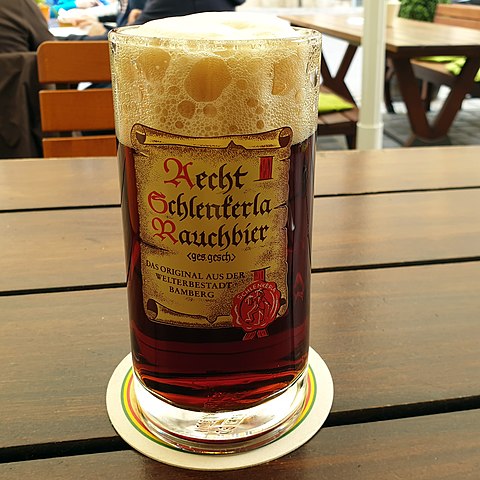
Rauchbier also known as "smoke beer" uses malt that has been smoked over beechwood, giving it a distinctive smoky flavor. This German smoked lager offers a toasty, rich malt aroma and a mild to intense smoke flavor. Its color varies from light copper to dark brown, and its head is rich and creamy. Rauchbier pairs very well with grilled foods like bratwursts, steak, and pork ribs, as well as with cheeses like Gouda, Cheddar, even Monterrey Jack.
A version of Smoked beer has been around for a very long time, particularly in the Bavarian region surrounding Bamberg. It was made by drying malt in a smoke kiln over an open fire, which later influenced the flavor and aroma of the brewing beer. With the advent of the Industrial Revolution came new technology, which allowed brewers to better control the brewing process and production.
Alcohol by volume: 5% to 6%
Kölsch

Kölsch is a delicate and delicious beer that has characteristics of both lagers and ales. It is a top-fermented beer that uses ale yeast. It has brilliant clarity and its color ranges from straw to gold. Kölsch is the perfect summertime beverage due to its light to medium body and low hop flavor. This light, crisp, and fruity beer goes along with many simple foods like nutty cheese, German sausage and bratwurst, sauerkraut, salads, and bread.
In 1918, Kölsch was the name of the first beer brewed at the Sünner brewery in Cologne. But it wasn't until the late 1960s that the hybridized beer gained popularity in Cologne's beer market. Then, in the 1980s, twenty-four breweries in Cologne came to an agreement known as the Kölsch Konvention, which guaranteed that Kölsch exclusively remains a beer from Cologne.
Alcohol by volume: 4% to 6%
Berliner Weisse
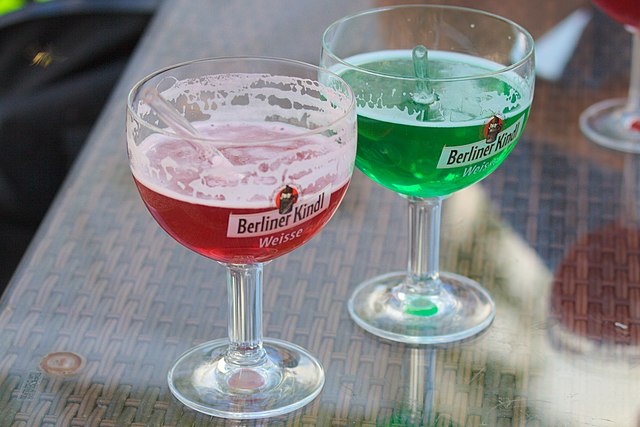
Berliner Weisse is often unfiltered and can appear cloudy and its color is usually very pale. This golden, light, and delicious beer with low alcohol content are frequently served with fruit or berry-flavored syrups. Although this wheat beer doesn't include any hops, it does have notes of fruity-esters. With its light body and low alcohol content, Berliner Weisse is the ideal beverage to enjoy with fruit salads and any tart desserts.
According to the majority of brew experts, Hamburg is where the Berliner Weisse was first created. Cord Broihan, a brewer from the 16th century, later replicated the drink calling it Halberstädter Broihan. Then, in the 1640s, a doctor from Berlin by the name of J.S. Elsholz brewed a variation of it. Frederick Wilhelm is thought to have helped with the beer's rapid spread throughout Prussia and taught his son Frederick the Great how to brew it. The beverage was also referred to by Napoleon's army as "The Champagne of the North."
Alcohol by volume: 2.8% to 5%
Malzbier or Malt Beer
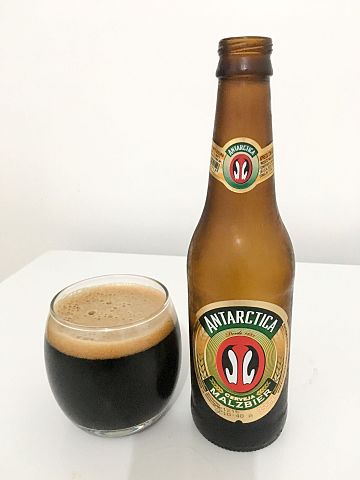
Malzbier is a low-alcohol beer that is made the same way as conventional beer but with little to no fermentation. The drink is made with barley malt syrup, caramelized beet sugar extract, yeast, hops, and water.
In the 1960s, malt beer—also known as Kinderbier—became a very popular beverage and was often served to children. Because malt beer contains a significant amount of quickly metabolizing glucose, minerals, and proteins, many athletes and fitness fanatics include this fun beverage in their diets.
Alcohol by volume: 0% to 2.5%
Alcohol-free Beer
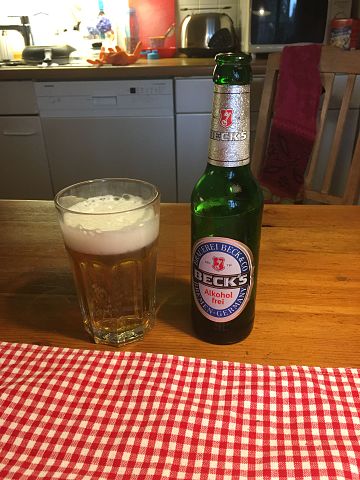
This beverage has become one of the most popular drink options because it contains fewer calories than soda or any other carbonated beverage. Alcohol-free beer is produced using a specific brewing method that either stops alcohol from being produced during fermentation or removes it after fermentation.
Alcohol-free beer, like small beer, has roots in medieval Europe since they were less expensive to make than full strength brews. Later on, more non-intoxicating beers were developed as a result of temperance movements and the necessity to avoid alcohol. Sometime in 2018, craft non-alcoholic beers made their breakthrough; some of them contained as few as 10 calories per can.
Alcohol by volume: 0% to 0.05%
Get Beelinguapp

